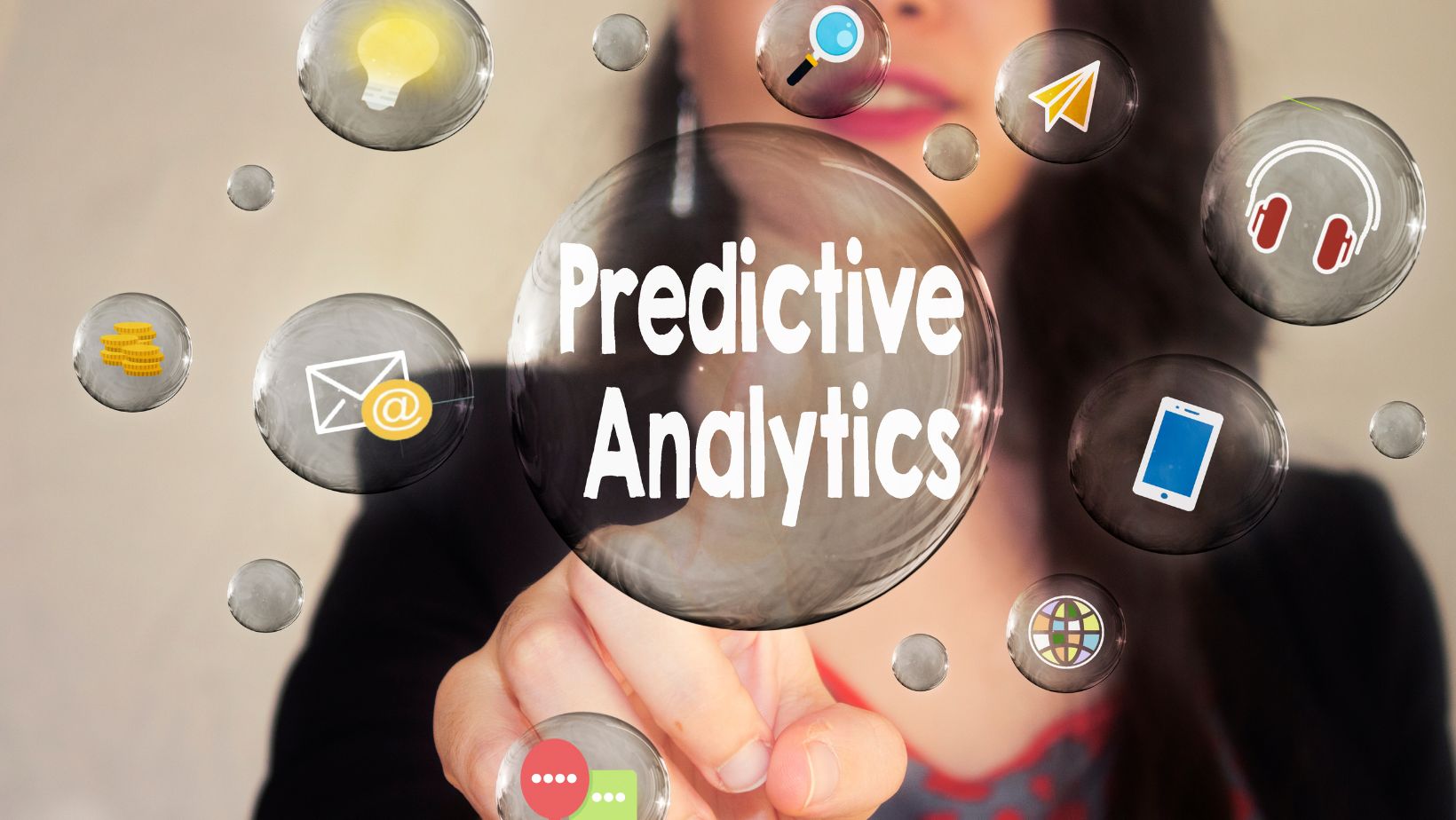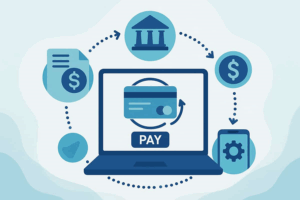In today’s fast-paced and competitive business environment, staying ahead of the curve is essential for success. Predictive analytics has emerged as a powerful tool for organizations to gain insights into future trends and make informed decisions. In this comprehensive guide, we’ll explore the concept of predictive analytics, its importance in modern business operations, and how a probability model plays a crucial role in its implementation.
Introduction to Predictive Analytics
Predictive analytics involves using historical data, statistical algorithms, and machine learning techniques to identify patterns and forecast future outcomes. By analyzing past trends and behaviors, businesses can anticipate future events and make proactive decisions to capitalize on opportunities and mitigate risks. In an increasingly uncertain world, predictive analytics provides a valuable framework for organizations to navigate complexity and drive strategic growth. Experienced accountants can leverage these insights to enhance financial forecasting and decision-making processes.
The Role of Probability Models in Predictive Analytics
Probability models form the foundation of predictive analytics by quantifying uncertainties and assessing future probabilities. These models enable businesses to understand the likelihood of various outcomes and make data-driven decisions based on probabilistic forecasts. By incorporating probability models into predictive analytics processes, organizations can gain deeper insights into potential scenarios and develop more robust strategies for success.
- Probability models utilize advanced statistical techniques to analyze historical data and identify patterns that can inform future projections.
- These models take into account various factors, such as historical trends, market conditions, and external variables, to generate probabilistic forecasts.
- By incorporating probability models into predictive analytics processes, businesses can mitigate risks associated with uncertainty and make informed decisions with greater confidence.
- Probability models allow organizations to quantify the uncertainty surrounding different outcomes, providing a clear understanding of potential risks and opportunities.
Understanding Future Market Trends
Predictive analytics offers organizations the ability to gain insights into future market trends and consumer behaviors. By analyzing historical data and identifying patterns, businesses can forecast market shifts, emerging trends, and customer preferences. Probability models play a critical role in this process by enabling organizations to quantify the likelihood of different outcomes and prioritize strategic initiatives accordingly.
Leveraging Predictive Analytics for Strategic Decision-Making
Businesses can leverage predictive analytics to inform strategic decision-making processes across various functional areas. For example, in marketing, predictive analytics can help businesses identify target audiences, personalize messaging, and optimize campaign performance.

In sales, predictive analytics can assist in lead scoring, forecasting sales volumes, and identifying cross-selling opportunities. In supply chain management, predictive analytics can optimize inventory levels, reduce costs, and improve logistical efficiency. By incorporating predictive analytics into strategic decision-making processes, organizations can gain a competitive edge and drive business growth.
- Predictive analytics can also be applied in finance and risk management, where it can help businesses assess credit risk, detect fraud, and optimize investment portfolios.
- In human resources, predictive analytics can aid in talent acquisition, employee retention, and workforce planning by identifying high-potential candidates and predicting employee turnover.
- In operations and manufacturing, predictive analytics can optimize production schedules, predict equipment failures, and minimize downtime by identifying potential maintenance needs in advance.
- Predictive analytics can also be utilized in customer service and support, where it can help businesses anticipate customer needs, personalize interactions, and improve overall customer satisfaction and loyalty.
- By leveraging predictive analytics across various functional areas, organizations can achieve greater operational efficiency, enhance customer experiences, and drive sustainable business growth.
- The insights generated from predictive analytics can inform strategic decision-making at all levels of the organization, from day-to-day operations to long-term strategic planning, fostering a culture of data-driven decision-making and continuous improvement.
Overcoming Implementation Challenges
While predictive analytics offers significant potential benefits, implementing predictive analytics initiatives can pose challenges for organizations. Common challenges include data quality issues, lack of skilled personnel, and organizational resistance to change. To overcome these challenges, businesses must invest in data governance processes, provide training and development opportunities for staff, and cultivate a culture of data-driven decision-making.

Additionally, partnering with experienced analytics providers can help businesses navigate implementation challenges and maximize the value of predictive analytics solutions.
Future Trends in Predictive Analytics
Looking ahead, the future of predictive analytics is promising, with emerging trends such as machine learning and artificial intelligence driving innovation in the field. These advancements offer opportunities for organizations to gain deeper insights, automate decision-making processes, and unlock new sources of value. By embracing these trends and investing in cutting-edge analytics technologies, businesses can position themselves for sustained success in an increasingly data-driven world.
Predictive analytics represents a powerful tool for businesses to gain insights into future trends, anticipate market shifts, and make informed decisions. By harnessing the power of predictive analytics and probability models, organizations can navigate uncertainty, drive strategic growth, and achieve competitive advantage in today’s dynamic business landscape. As predictive analytics continues to evolve, businesses must remain agile, adaptive, and forward-thinking to capitalize on emerging opportunities and stay ahead of the curve.















